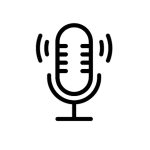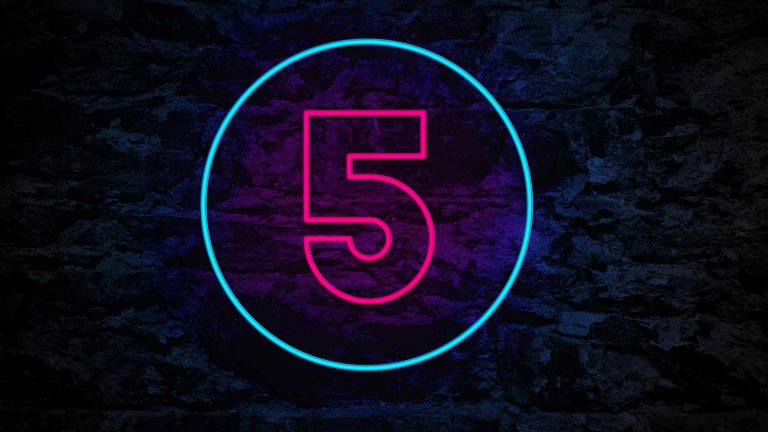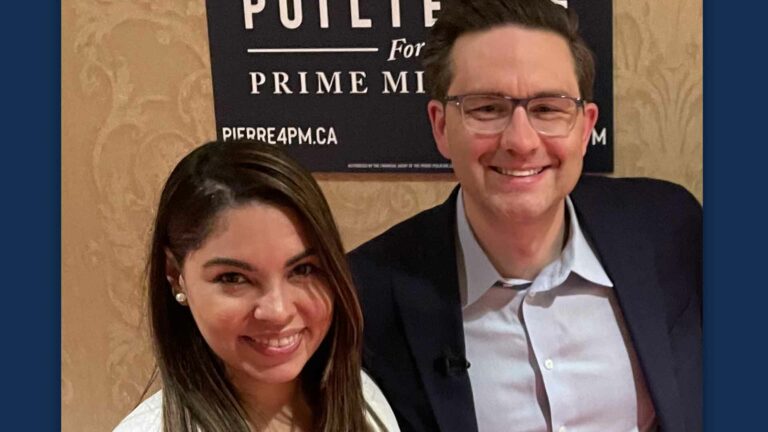Even if you haven’t heard of Alfred Kinsey you probably have heard about one of his key “findings” – that 10% of all people are homosexual. Dr. Judith Reisman (in her book Kinsey: Crimes & Consequences, 1998) asks, “who, indeed, today has not heard the mantra that homosexuals make up 10 percent of the US population?” She points out that the 10% figure is based “on Kinsey’s authority alone.” In fact, “Kinsey claimed to prove that homosexuals represented between 10% and 37% of all males.”
How did Kinsey arrive at such a figure? It was simple. He deliberately set out to interview a large number of homosexuals to include in his database of human sexual behavior. During the 1940s, when he was conducting his research, this was no easy feat. Back in those days homosexuality was considered shameful, and many states in the USA had laws forbidding such conduct. Therefore Kinsey and his associates had to make a special effort to contact the homosexual enclaves that existed in large American cities in order to be able to solicit interviews with homosexuals.
They were very successful, and hundreds of homosexual case histories were included in Kinsey’s data. In fact, the large number of homosexuals in Kinsey’s data meant that they were clearly over represented in relation to the normal population. Thus it was inescapable that the frequency of homosexuality would be exaggerated in Kinsey’s findings.
And this is exactly what Kinsey intended. Reisman puts it succinctly: “Much of Kinsey’s work is designed to advance several revolutionary notions about homosexuality:
- that secret homosexuality was relatively commonplace;
- that most normal Americans hypocritically and secretly engaged in illicit sex of various kinds including homosexuality;
- that people were commonly bisexual meaning they were both homosexual and heterosexual;
- thus prejudice against homosexuality was hypocritical and based on ignorance of normal sexual behavior; and
- children and adults should experience and experiment with both their homosexual and heterosexual sides.
Kinsey’s “research” was definitely agenda-driven and meant to normalize sexual perversion and overturn traditional morality. Among other things, he wanted to advance the cause of homosexuality. This purpose could be served by convincing people that homosexuality was relatively common. Thus he produced the figure that 10% of the population was homosexual, and it has been the generally accepted figure since then.
But it is certainly not true.
This was first published in the March 2015 issue.













